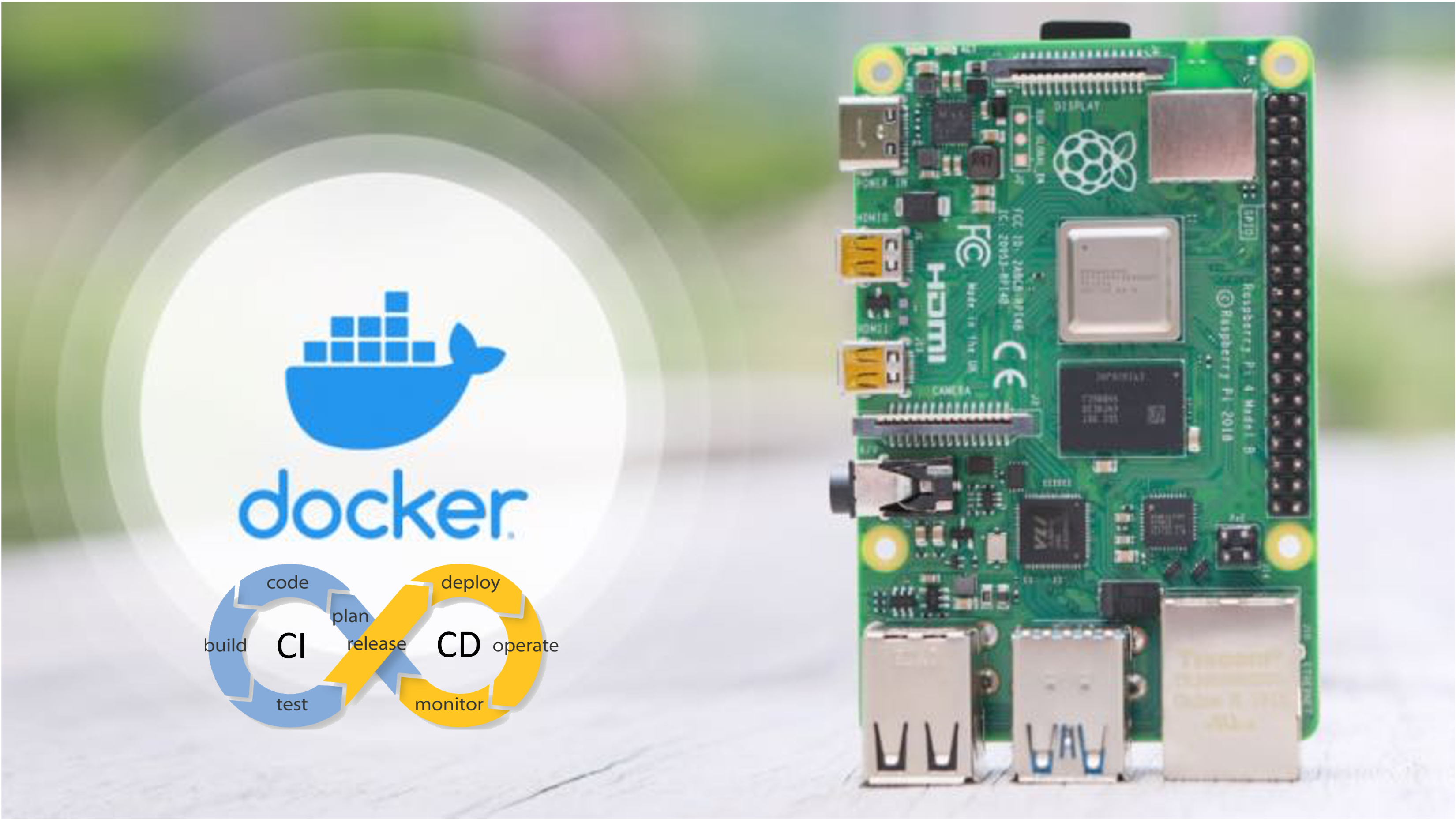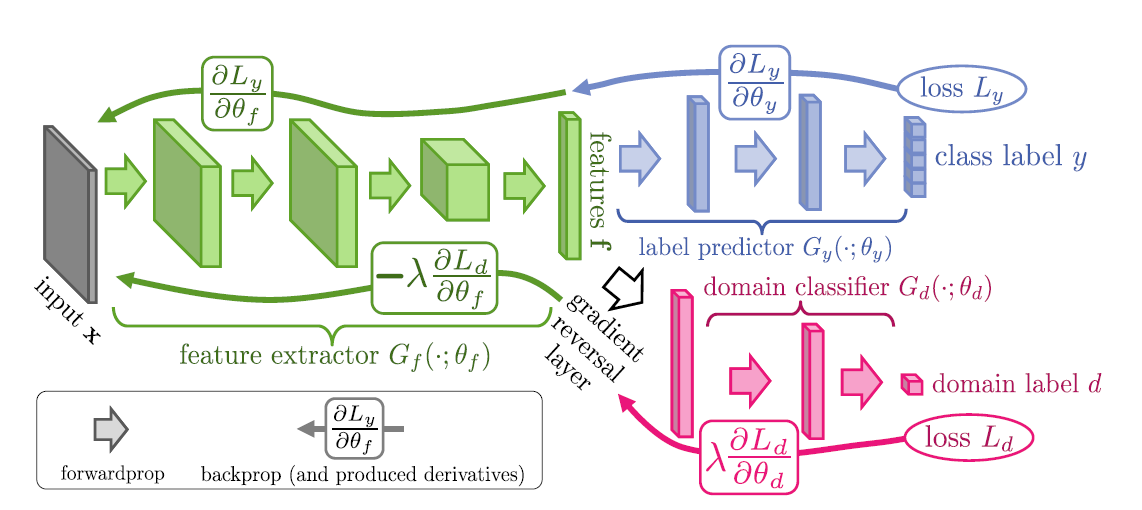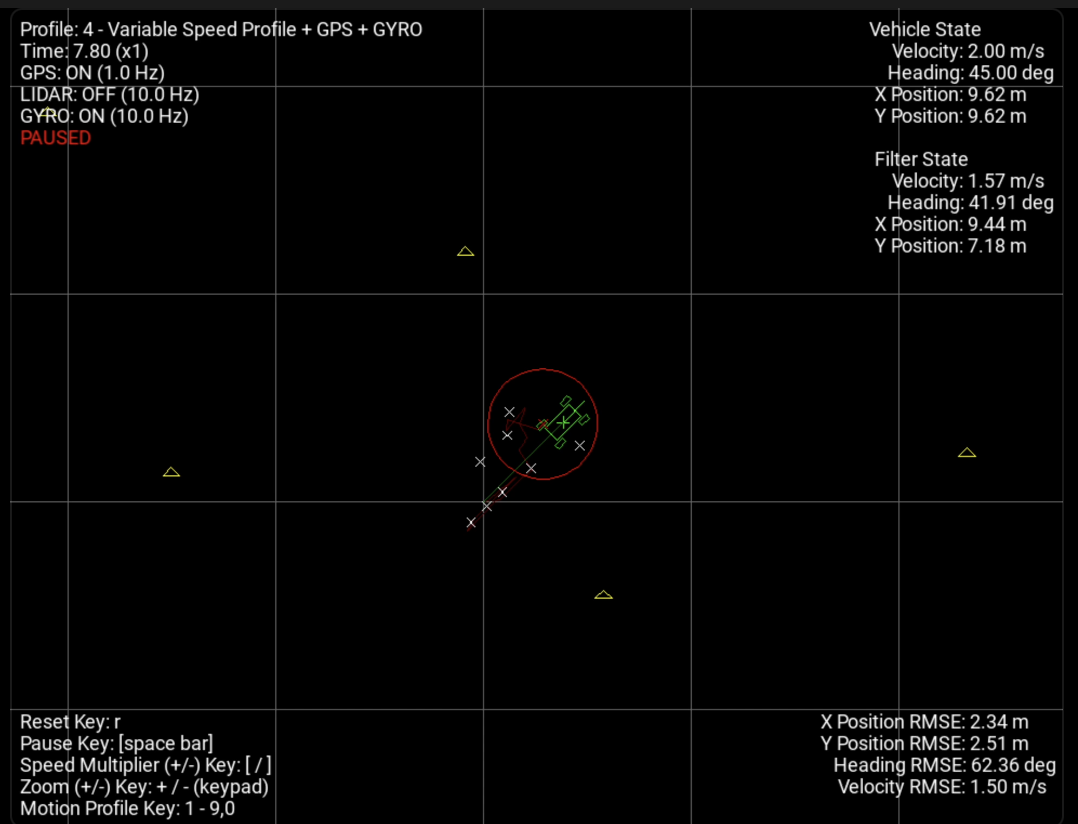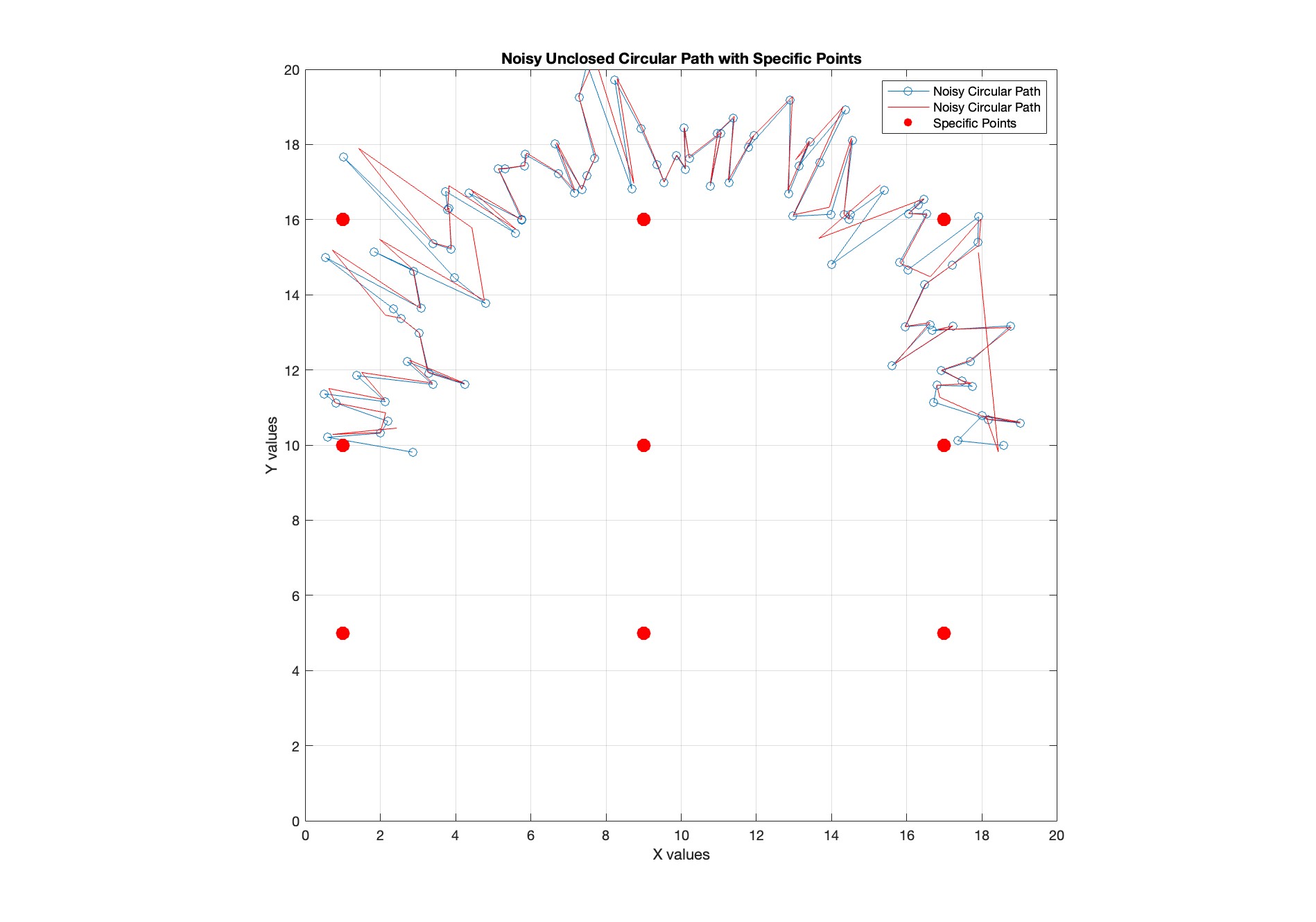
Docker for code developement and deployement on a RaspberryPi
Intro Lately, I had to develop a demo working on a raspberrypi and send it to other project partners. However, we faced many difficulties in the beginning, since whenever I change something and push it to GitHub, they were not aware of that, and also faced problems with dependecies sometimes to make the demo work on their devices. So I decided to solve this problem and use a Docker container....



